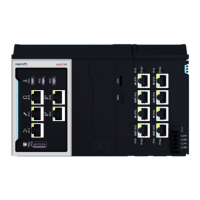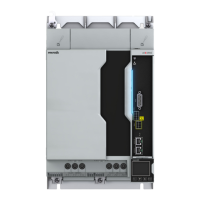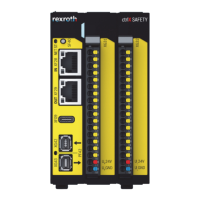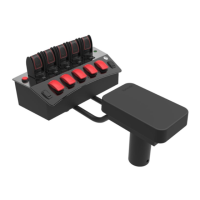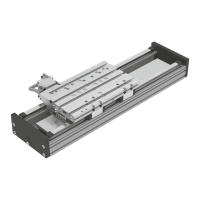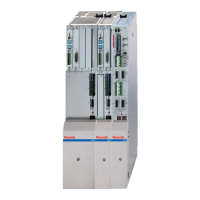Protection class acc. to DIN EN 60 529 IP20
Protection class acc. to DIN EN 61010-2-201 III
Overvoltage category acc. to IEC 60664-1 2
Contamination level acc. to EN 61010-1 2, no condensation allowed
Mechanical tests
Vibration resistance acc. to DIN EN 60068-2-6
①
Oscillations, sinusoidal in all three axes
5 Hz - 8.4 Hz with 3.5 mm amplitude
8.4 Hz -150 Hz with 1 g peak acceleration
Shock test acc. to DIN EN 60068-2-27 Shock stress: Shock resistance in all three axes,
11 ms semi-sinusoidal 15 g
Broadband noise acc. to DIN EN 60068-2-64 5-20-150 Hz with 0.572 g, 5 h per axis
Electrostatic discharge
ESD resistance acc. to DIN EN 61131-2
• Test voltage
Criterion B
8 kV for air discharge
4 kV for contact discharge
① To avoid vibration, secure the cables at a short distance (< 20 cm).
NOTICE
Failure of the product due to contaminated air
− The ambient air must not contain acids, alkaline solutions,
corrosive agents, salts, metal vapors and other electrically
conductive contaminants in high concentrations
− The devices to be installed into the housing and installation
compartments must at least comply with the degree of pro-
tection IP 54 according to DIN EN 60529.
− The device shall be provided in a suitable fire enclosure in
the end-use application.
NOTICE
Defective product due to gases jeopardizing functions
Due to the risk of corrosion, avoid sulphurous gases (e.g. sulphur
dioxide (SO
2
) and hydrogen sulphide (H
2
S)). The product is not
resistant against these gases.
NOTICE
Failure of the product due to overheating
To avoid overheating and to ensure a smooth operation of the
product, sufficient air has to circulate according to the minimum
distances specified, see ⮫ Chapter 10.2 Installation notes
on page 18.
This is a product that corresponds to the limit values of the emitted interference of class A
(industrial environments). This is a product that does not correspond to the limit values of the
emitted interference of class B (residential area and small enterprises.
When using the product in residential areas or small enterprises, the operator has to take
actions to prevent radio interferences (also refer to DIN EN 55022).
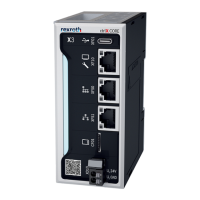
